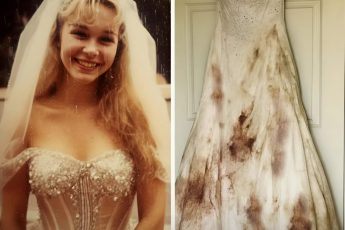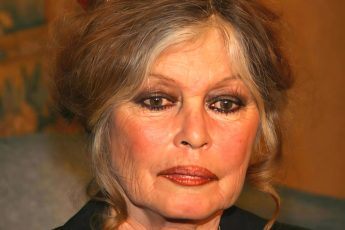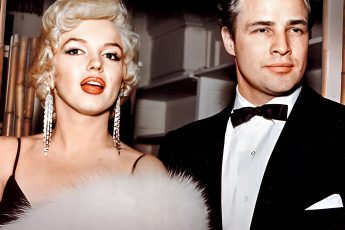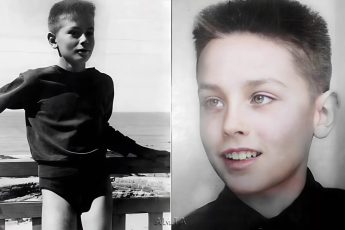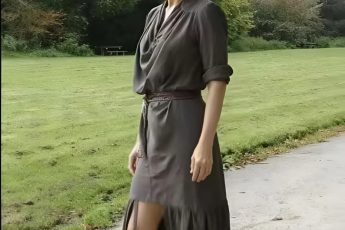Margaret Nolan’s image is immortalised in one of the most iconic scenes in cinema history – the glittering, gold-painted body in the opening credits of Goldfinger (1964). But behind that dazzling figure was a woman of remarkable depth, humour and resilience. Nolan, often labelled because of her looks, blazed a unique and quietly defiant trail in British cinema, television and the visual arts. Her life is a story as much about fame and glamour as it is about subversion, reinvention and the struggle for identity in an image-obsessed industry.
Margaret Ann Nolan was born on 29 October 1943 in Hampstead, London, during the Second World War. Her father, a military clerk, and Irish mother brought Margaret up in England and Waterford, Ireland, before returning to London as a teenager. Nolan was trained as a teacher, but in the early 1960s she became interested in modelling and acting. With her statuesque figure, blonde hair and sultry looks, she quickly became a mainstay of glamour photographs and British pop culture.
Her modelling alias, Vicky Kennedy, allowed her early exposure in pin-up magazines, where she embraced the sexually liberated spirit of the swinging sixties. But Nolan was never content with mere objectification – her choices often reflected the sense of irony and awareness that would become the theme of her later work.
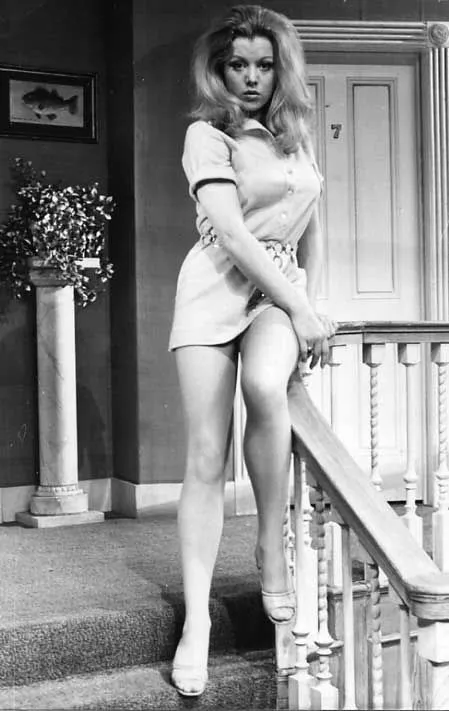
In 1964, Nolan was given her most famous assignment – to be the woman with the gold paint in the credits and promotional material for the third James Bond film, Goldfinger. While Shirley Eaton played Jill Masterson – a character who dies of ‘skin suffocation’ after being covered in gold paint – it was Nolan’s body that appeared in the credits, created by artist Robert Brownjohn.
Although she had a small role in the film as Dink, Bond’s masseur, Nolan’s golden silhouette became a cultural touchstone, synonymous with Bond girl glamour and 1960s excess. However, she later expressed mixed feelings about the role. In interviews, she noted that her role was often confused with Eaton’s and that the fame it brought was both a blessing and a limitation.
Instead of retreating into obscurity or typecasting, Nolan became embedded in the vibrant British comedy scene of the 1960s and 1970s. She became a familiar face in the Carrie On series, a franchise of lewd, slapstick films that were wildly popular in Britain. Nolan appeared in six Carry On films, including Carry On Cowboy (1965), Carry On Henry (1971) and Carry On Girls (1973), often playing shapely sex bombshells or sassy secretaries.
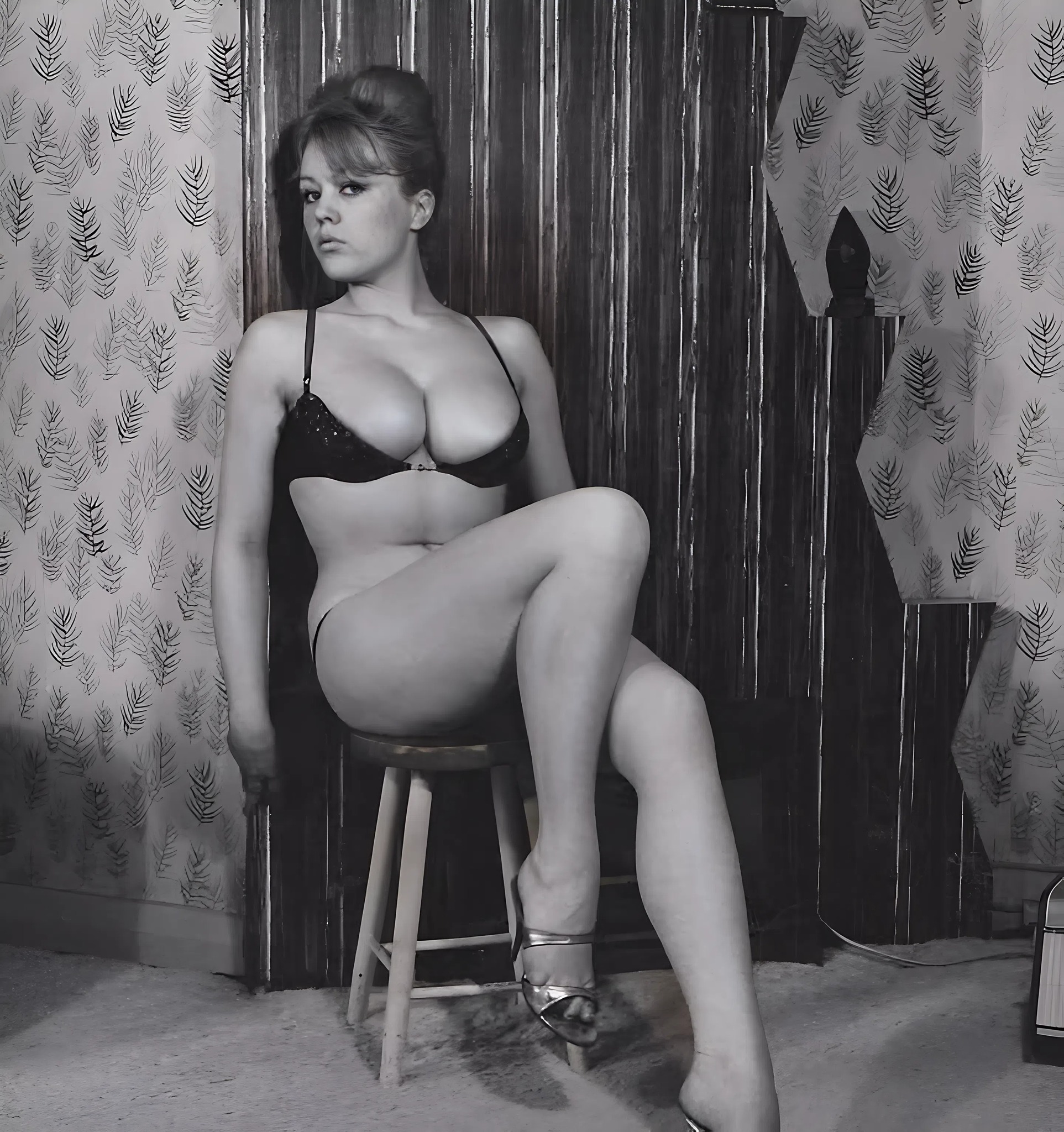
Her performances were always imbued with a daring awareness. She brought a sense of comic timing and awareness to roles that in other hands might have been flat or purely decorative. Despite often being considered lowbrow, the films remain a crucial part of the British comedy heritage, and Nolan’s contribution was far from insignificant.
Nolan was also a regular contributor to British television throughout the 1970s and 1980s. She had roles in series such as Steptoe and Son, The Sweeney, Crown Court and Budgie. She also worked in theatre, which allowed her to develop her acting skills beyond the stereotypes she was often given on screen.
Despite her playful sex symbol image, Nolan thought deeply about her craft and the limitations of the industry. She gradually retired from acting in the 1980s, frustrated by the lack of significant roles for women who did not fit within the narrow confines of youth and beauty.
In the 1990s and 2000s, Nolan made a bold and creative turn, redefining herself as a visual artist. Drawing on her experience as a model and actress, she created photo collages that explored the objectification of women and the manipulation of the female form in the media. Her work often features recycled images from her modelling days – cropped, fragmented and annotated.
Her work has been exhibited in galleries and prized for its feminist undertones and autobiographical nature. In reclaiming her image through art, Nolan took back control of a narrative that had too often been written by others.
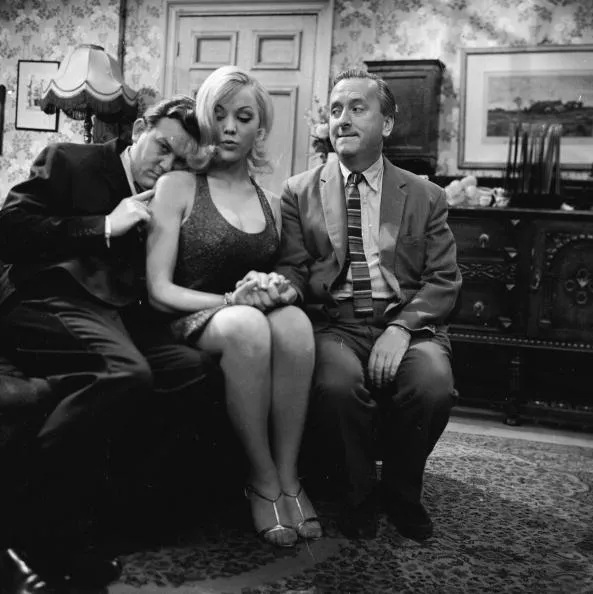
Margaret Nolan returned to the screen briefly in The Power of Three (2011) and had a small role in Last Night in Soho (2021), directed by Edgar Wright. The casting was no coincidence – Wright was a fan of hers and wanted to honour her legacy. Sadly, Nolan passed away on 5 October 2020 at the age of 76, just before the film’s release.
Wright paid tribute to her as an ‘actor, artist and visual icon,’ noting that her legacy united pop culture and personal empowerment. Margaret Nolan was so much more – a muse, a comic foil, a feminist artist and a woman who refused to be reduced to the surface.
Margaret Nolan’s story is complex and multifaceted. While the world remembers her golden silhouette, her true genius was that she defied simple categorisation. She used the tools of image and attractiveness to make a statement both in front of and behind the camera. In a career that spanned glamour, comedy and contemporary art, Nolan proved that even the most iconic images can contain multiple meanings and that reinvention is a form of quiet rebellion.



